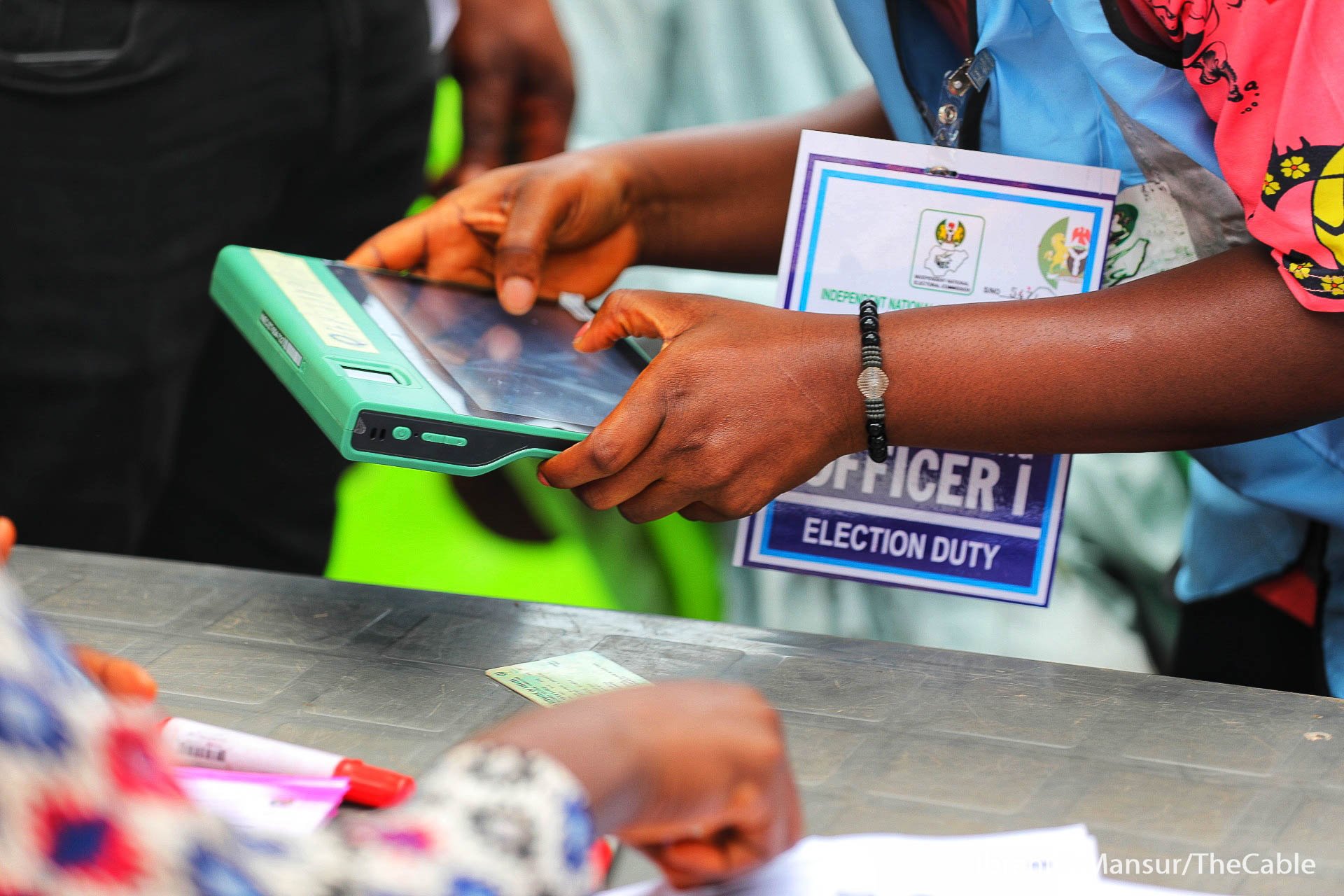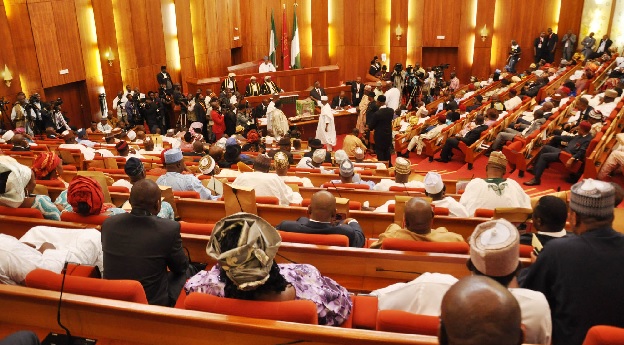BY MOSHOOD ISAH
Recent elections in Nigeria have continued to reveal how increasingly difficult it is to manipulate the process either by politicians or electoral officials. This may not be unconnected to the improving synergy between electoral stakeholders and the continuous deployment of technology to enhance further transparency while blocking loopholes that can be exploited for electoral manipulation.
There is indeed value in adopting new technologies to enhance the credibility of the electoral process – from the deployment of smart card reader in the 2015 general election to the introduction of the INEC results viewing portal (IREV) in 2020, which has largely improved the transparency of the results declared at the polling units and now the introduction of the bimodal voter accreditation system (BVAS).
In the Edo and Ondo governorship election held in 2020, citizens could view election results as early as 4pm as over 90% of results were already at the portal due to the deployment of the Z-pad that was used to snap and send results to the INEC result viewing portal. This continues to increase transparency and citizens’ confidence in the process. Also, election results in recent times seem to be “incontestable” in courts as the deployment of these technologies has made it difficult to manipulate the process, which has reduced the number of petitions arising from elections. This is also the case with the just concluded Anambra governorship elections as candidates have already accepted the results and congratulated the winner of the election.
Advertisement
Also, the INEC official result of the 20 LGAs released is consistent with reports by the Watching the Vote project of Yiaga Africa, a foremost independent election observer group, proving that the election results for Anambra were not manipulated after it left the polling units to collation centres. The project had deployed citizen observers to 250 sampled polling units, using the parallel vote tabulation election observation methodology.
According to Yiaga Africa, had the official results been changed at the ward, LGA or state collation centres, the official results would not have fallen within the Yiaga Africa WTV estimated ranges. They urged that because the official results fall within the estimated ranges, governorship contestants, parties, and voters should have confidence that the official results for the 20 LGAs as announced by INEC reflect the ballots cast at polling units on Saturday, November 6.
While the result collation process is becoming transparent through technology, there is a need for cautious optimism with the deployment of these devices due to inevitable challenges. The just-concluded Anambra governorship election has revealed that technology by itself is not the panacea to credible elections but rather its effective deployment. An example is the introduction of the bimodal voter accreditation system (BVAS) which was commended by election stakeholders. The all-in-one technology is a multifunctional integrated device that serves multiple purposes for different activities in the value chain of elections including serving as the INEC voter enrolment device for voter registration and voter accreditation, thus replacing the smart card reader, and also as the INEC results viewing device.
Advertisement
The BVAS was first piloted in Isoko 1 state constituency bye-election where an observation report revealed that it successfully accredited 98% of eligible voters. Consequently, the BVAS was deployed for the Anambra governorship election and was observed by Yiaga Africa to have been used through all the processes in 95% of polling units. However, the device reportedly malfunctioned in about 45% of the polling units which led to delays in queues and extension of voting times. At some point, enthusiastic voters were reported as providing internet service through their mobile hotspots for polling officials to connect the device to ensure citizens of Anambra are able to cast their votes. Observation reports revealed that in 3% of polling units, electoral officials resorted to manual accreditation, which is a clear contravention of the electoral guidelines.
As an observer on the field, I witnessed how voters, including aged men and nursing mothers, had to stand under the scorching sun for many hours waiting for the device to be fixed so they could exercise their franchise. Thus, it’s not out of place to suggest that some impatient voters may have been left frustrated without casting their votes.
In this vein, there is a need to undertake an audit of the BVAS and ensure all the technical glitches with the device are resolved to prevent delays and possible disenfranchisement of voters in future elections. The commission must conduct a comprehensive feasibility mapping of internet service providers for locations where off-cycle elections will be conducted in the near future to prevent the recurrence of these challenges ahead of the 2023 general elections.
Finally, it is important that the national assembly should without further delay transmitting the electoral act amendment bill to the president for assent so as to legalise the deployment of technology, especially for electronic transmission of election results. In all, the deployment of technology in Nigeria’s election is welcome but it’s a development we must approach with cautious optimism due to all mechanisms needed to be put in place for effective deployment.
Advertisement
Isah is the media officer of Yiaga Africa. He observed the just concluded Anambra governorship election and other previous elections in Nigeria. He tweets @Moshoodpm
Views expressed by contributors are strictly personal and not of TheCable.
Add a comment






